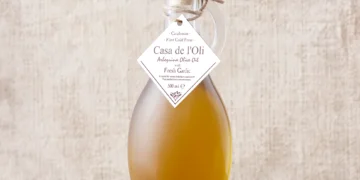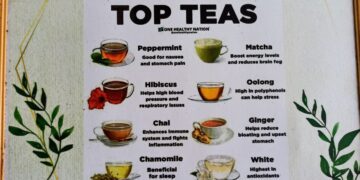
Lobia or Black-Eyed Peas Curry

BlogchtterA2Z2023 , and today is E for Black-Eyed Peas. In North India, we know Lobia or Black-Eyed Peas Curry as Rongi in Punjabi and served with roti or boiled rice. There are two kinds of people in this world; one who loves the Lobia curry and the other that hates it. I am glad that I belong to the first and so does my daughter.
While growing up, our weekly lunch weekly menu was Rajma, Lobia, Tuvar dal, Aloo gravy, Kadhi Chawal on weekdays, Kala Chana on Saturdays, and chicken on Sundays.
Benefits of Lobia
Lobia is one of the most expensive legumes and it has many health benefits. Cowpeas can keep our cholesterol levels in check. It is an excellent source of soluble dietary fibre and protein for vegetarians. The glycemic index of cowpeas is quite lower than other foods. Vitamin A and Vitamin C are abundant in creamy white cowpeas.
Therefore, if you eat these beans, they will help you get rid of detrimental free radicals, which can eventually stop the growth of cancerous cells. It can regulate our blood sugar levels and help us stay away from diabetes. By including cowpeas in your regular diet, you can easily cut down the risks of developing several heart diseases. Those suffering from constipation should include these beans in their diet as they can calm the working of the bowel in your body.
Low-fat Low calories
And best of all, they are low-fat, low-calorie beans, which are extremely beneficial for weight loss. The sodium content of these beans is also very low. All these make them a healthy and great nutritious option for overweight people to shed off excess weight and slim down.
There are different ways to use Lobia or Black-eyed peas or cowpeas. You can cook them like a Dal or make them into this masala curry. You can even have them as sprouts in a salad.
Recipe For Lobia Or Black-Eyed Peas Curry
Ingredients:
1 cup Lobia or Black-Eyed Peas Curry soaked overnight in enough water
3 cups water
1 tbsp ginger-garlic paste
3 medium tomatoes pureed
1 large onion, chopped, grated or paste
½ tsp turmeric powder
½ tsp red chilli powder
¾ to 1 tsp pav bhaji masala powder
1 tsp of Kasuri methi (dried fenugreek leaves)
2 tbsp oil
Salt to taste

Method:
Rinse the Lobia or Black-Eyed Peas twice under running water and soak them in enough water overnight. Drain the soaked lobia and keep them aside.
In a pressure cooker, heat the oil and add the ginger and garlic paste and sauté, then add the onion and the Kasuri methi. Saute, till the onions get a nice rich golden hue. If the masala is not done, then your gravy will give a raw taste.
Once the oil leaves the sides, add the tomato puree and sauté again till you get a smooth consistency. Now add turmeric, chilli powder, and salt. We should blend the tomatoes until the oil leaves the sides, only then add the soaked lobia or black-eyed peas.
Blend the masala with the lobia and finally add the water. Check the consistency of the gravy you want and then add water. Pressure cook until 5 whistles.
Check that the bean gets smashed between your fingers. Stir nicely and simmer the curry till the consistency thickens. If you like a thin gravy, then it is fine, but my husband always liked thick gravy and I used to mash a few beans with the back of a spoon to thicken the gravy.
Garnish the Lobia or Black-Eyed Peas Curry with coriander leaves and serve hot with steamed rice or roti, parathas or bread.

A2Z










Lovely, tasty recipe.
Thank you, Ayesha
Hi Harjeet, I had made lobia once after reading an article on it in the Times of India Sunday edition, it must be a decade or so. I made it Punjabi Rajma style, however, the end result was not that great. Since, I haven’t had lobia. It’s not that I hated it, but given a choice, I wouldn’t eat it. Maybe one day, I will come across lobia that’s made in a version that is palatable to me.
It turns out very well when I make this recipe, please try.